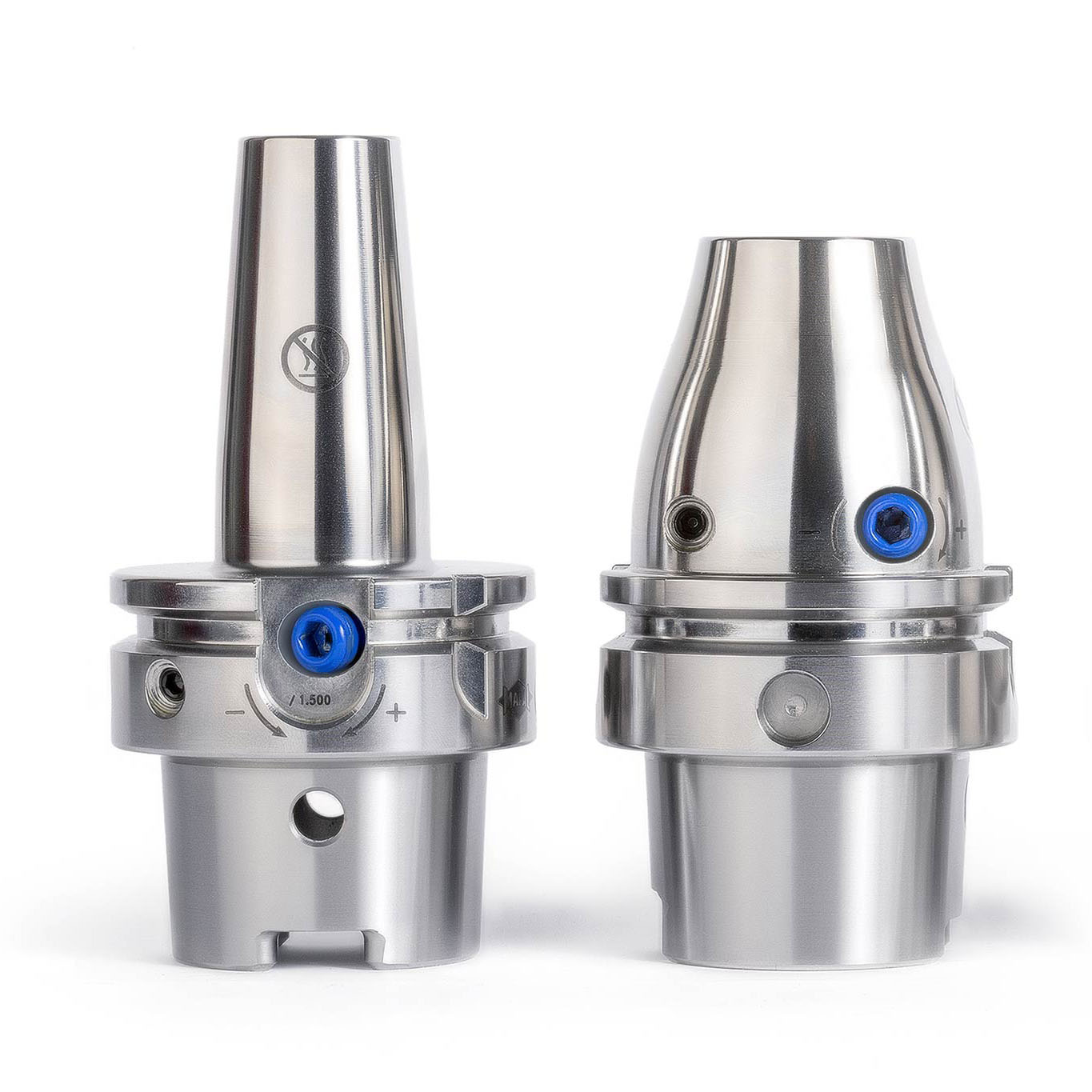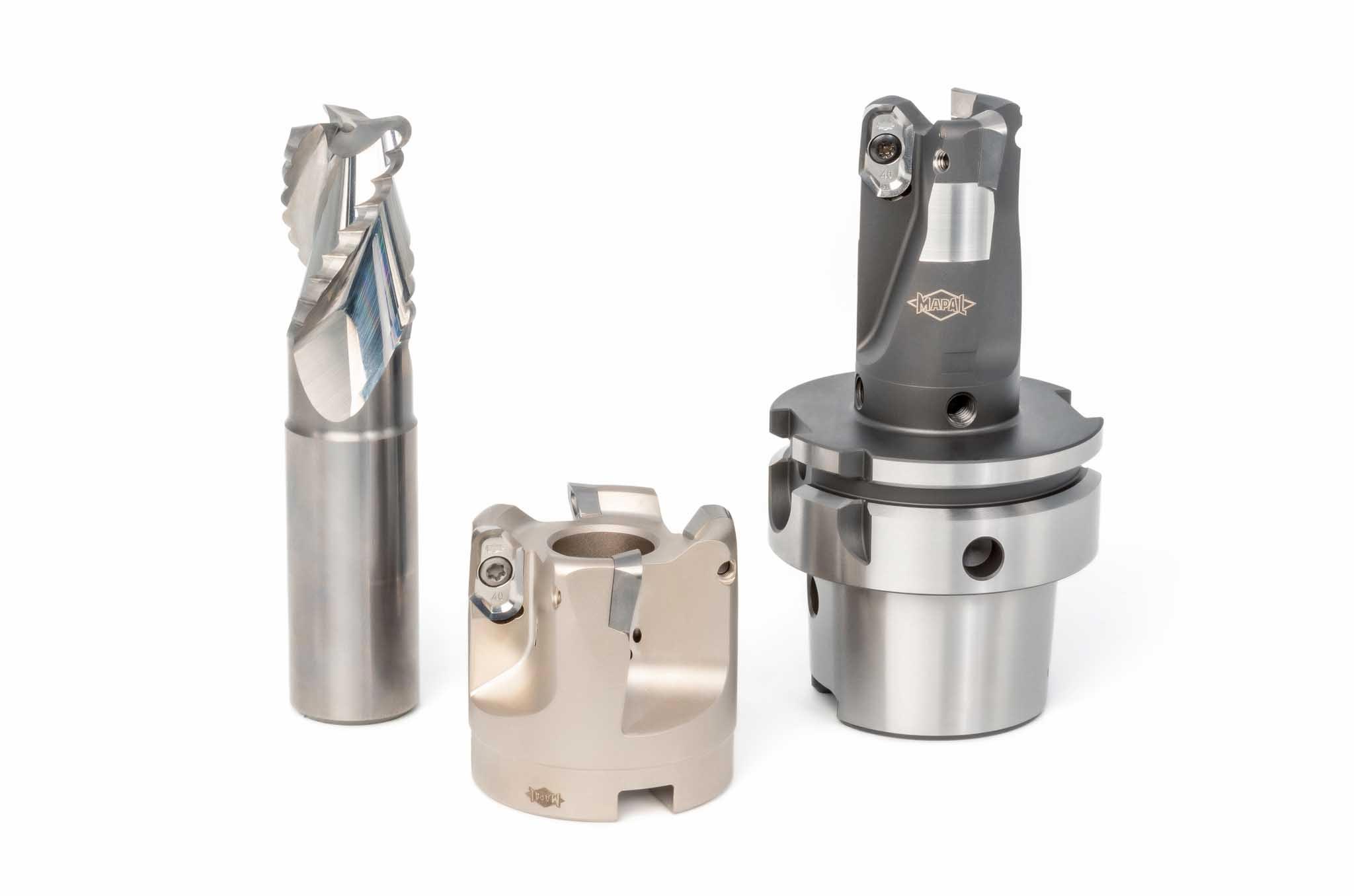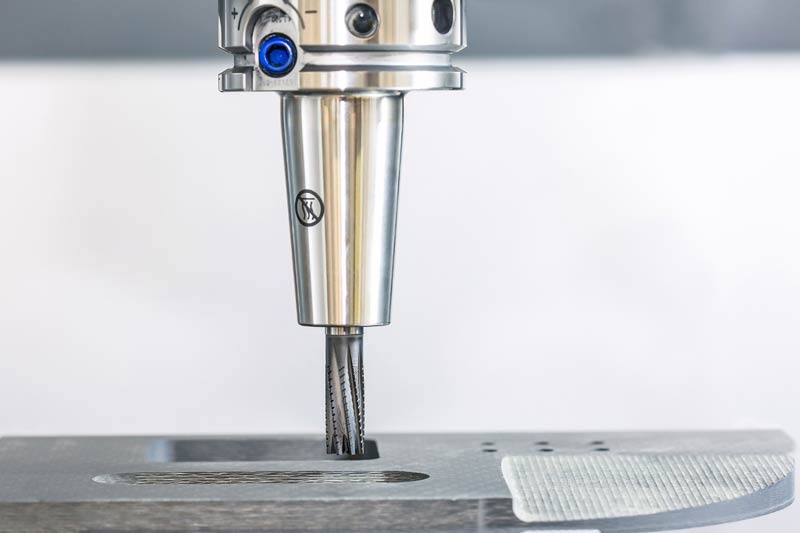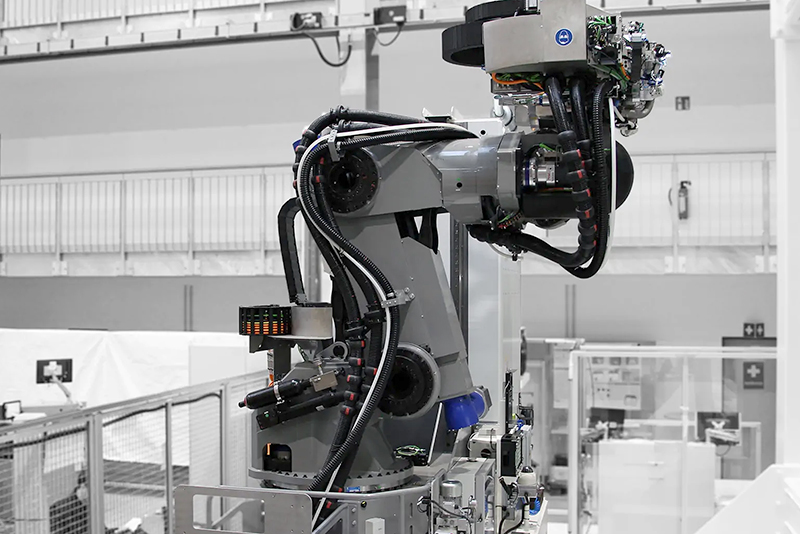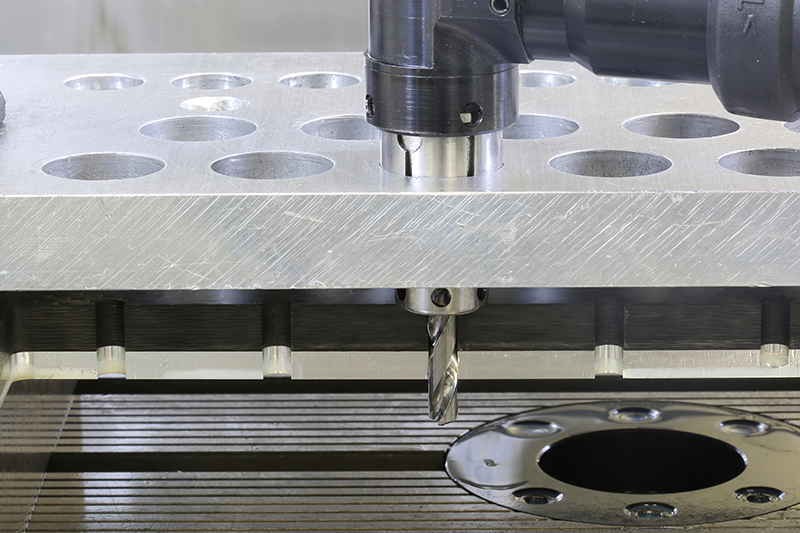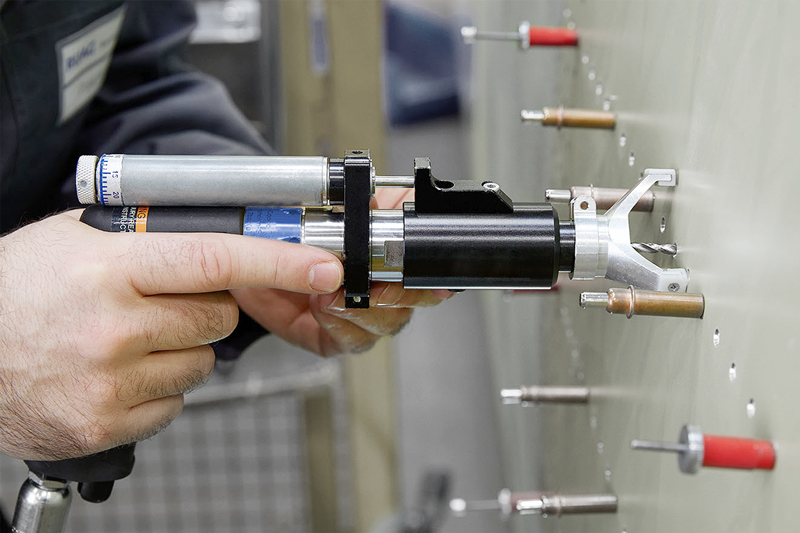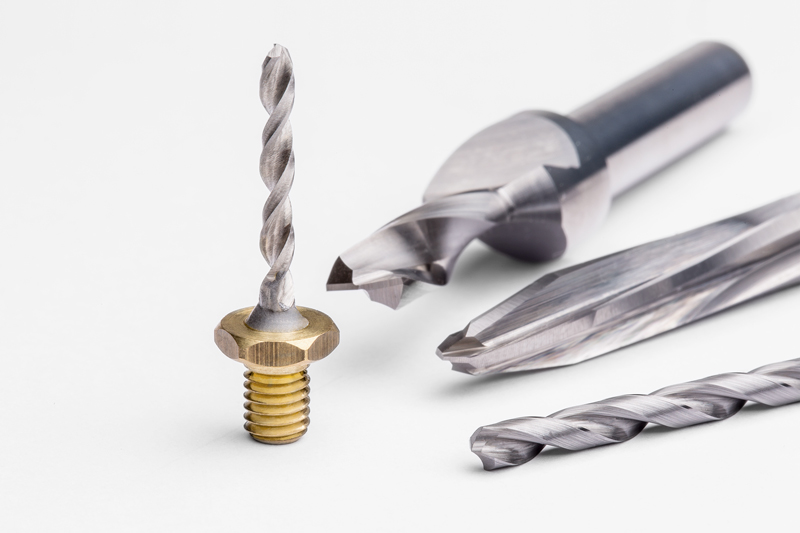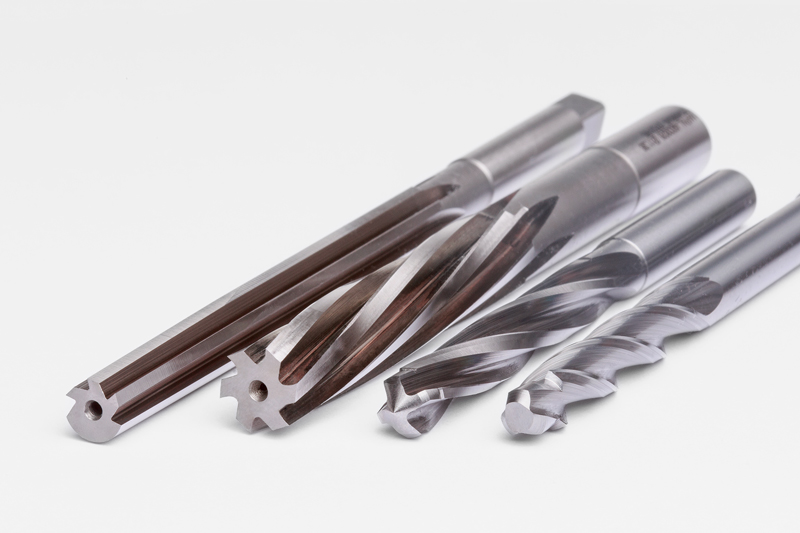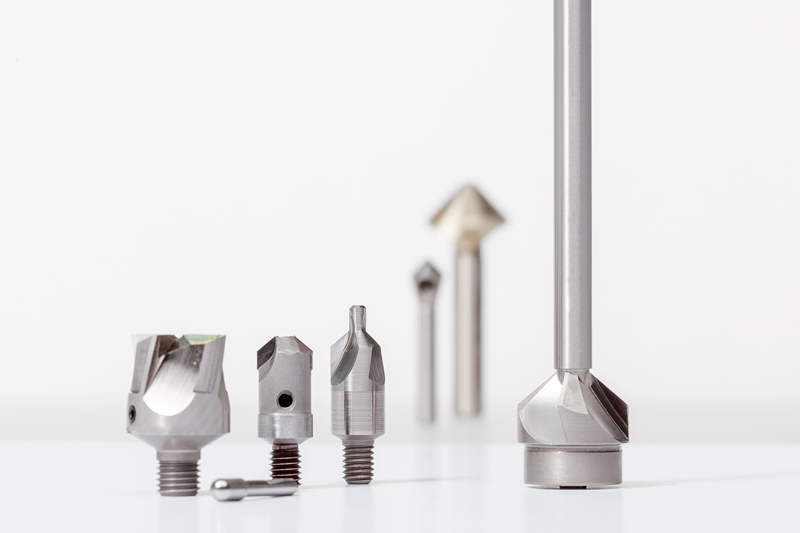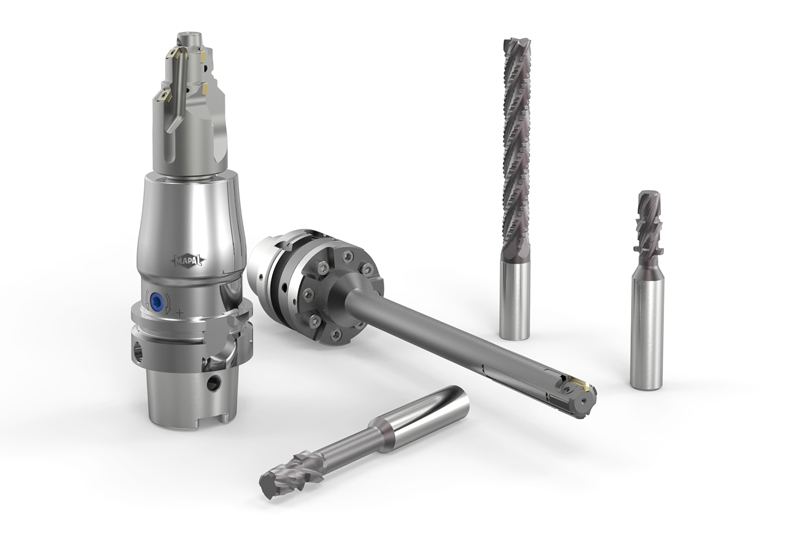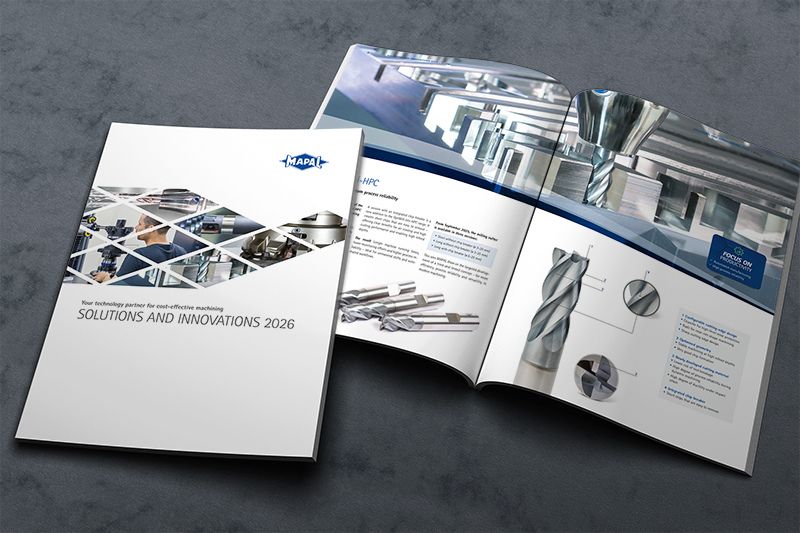航空和航天
在航空领域,采用具有高强度的轻质材料是关键所在。通过利用创新的材料组合,可以进一步减轻重量,提高强度和耐腐蚀性,并通过一体化结构设计,简化装配流程。虽然由铝、钛或高强度钢材料制造的结构组件是在加工中心或者龙门机床上进行加工完成,但最终的总装流程则是通过手持式设备、手电钻或者机器人实施。
零件加工
在工件加工中,结构组件必须采用固定加工的方式,即工件在一台机床上必须一次或多次通过夹具被夹紧后进行加工。虽然中小型方体工件在一台加工中心(BAZ)上即可完成加工,但大型结构组件则需要专门的龙门机床。
Endmontage
Bei der Endmontage eines Flugzeugs wird aufgrund der Größe des Objekts auch heute noch mit handgeführten Maschinen gearbeitet. In sogenannten Final Assembly Lines (FAL) werden zum Beispiel Nietlöcher in die Außenhaut des Flugzeugrumpfs eingebracht. Die Werkzeuge sind mit speziellen Führungselementen ausgeführt.
Weitere Artikel aus dem Bereich Aerospace
-
24.10.2025
Portrait: MAPAL Kompetenzzentrum PKD-Werkzeuge
Mit dem Kompetenzzentrum für PKD-Werkzeuge setzt MAPAL Maßstäbe in Sachen Kundenservice, Technologie, Effizienz und Nachhaltigkeit.
-
15.10.2025
Werkzeuglösungen von MAPAL sorgen für mehr Produktivität bei Kunden
Die Steigerung der Produktivität bei den Kunden steht im Mittelpunkt von Standardprozessen für die industrielle Fertigung strategischer Bauteile.
-
06.10.2025
Neuheiten und Lösungen von MAPAL für 2026
MAPAL präsentiert die Neuheiten und Lösungen 2026 in einer umfangreichen Broschüre.
